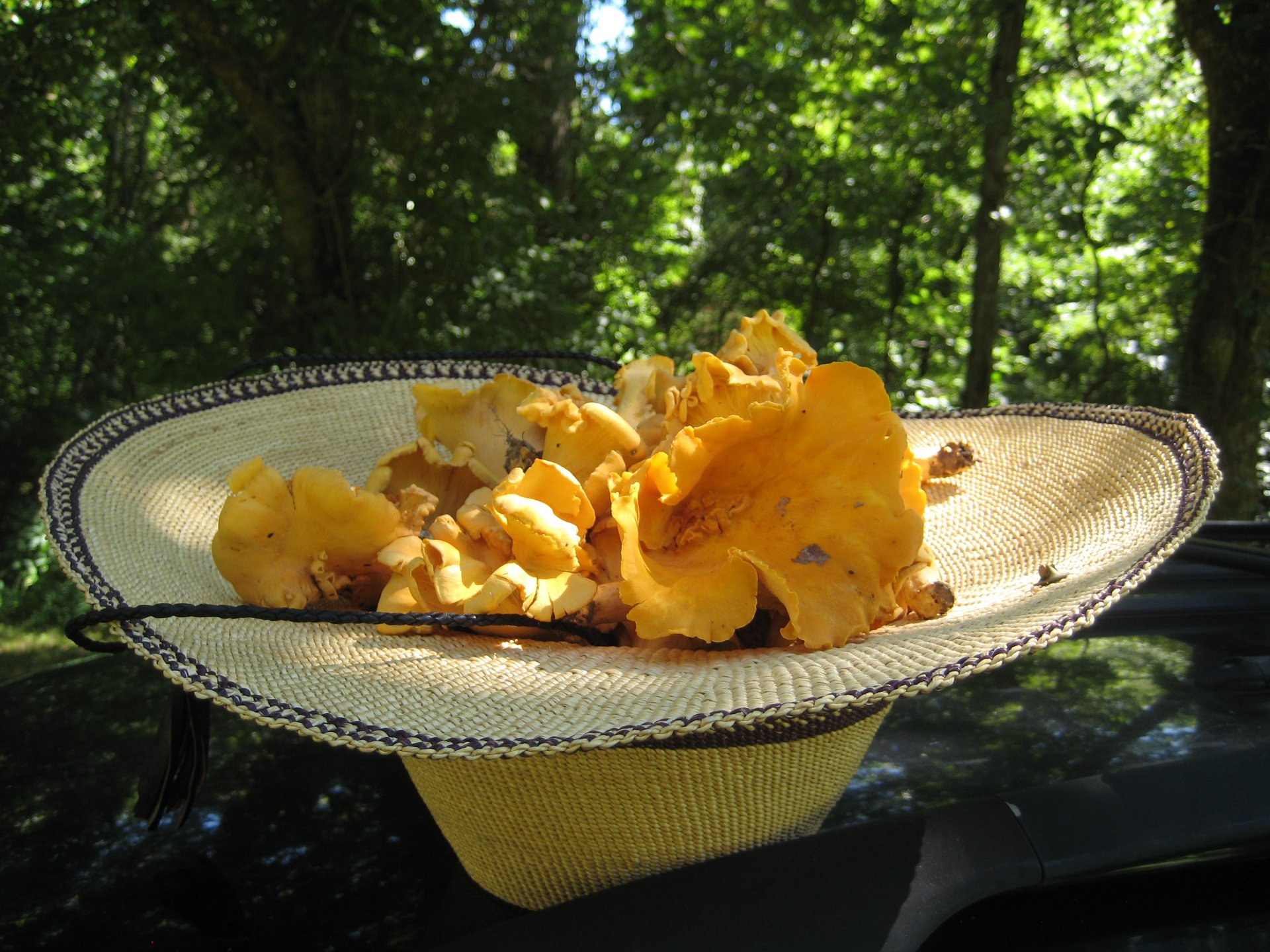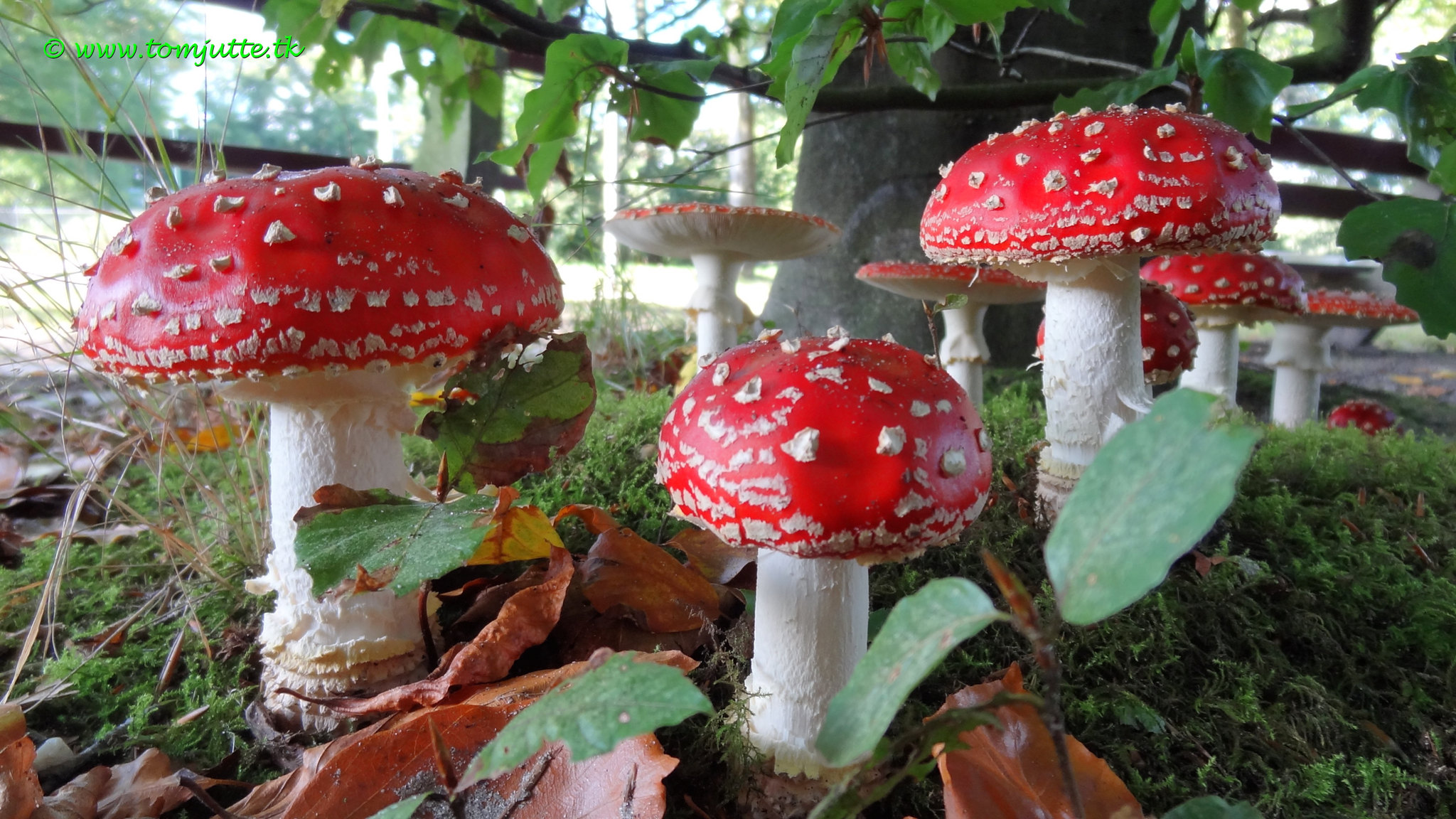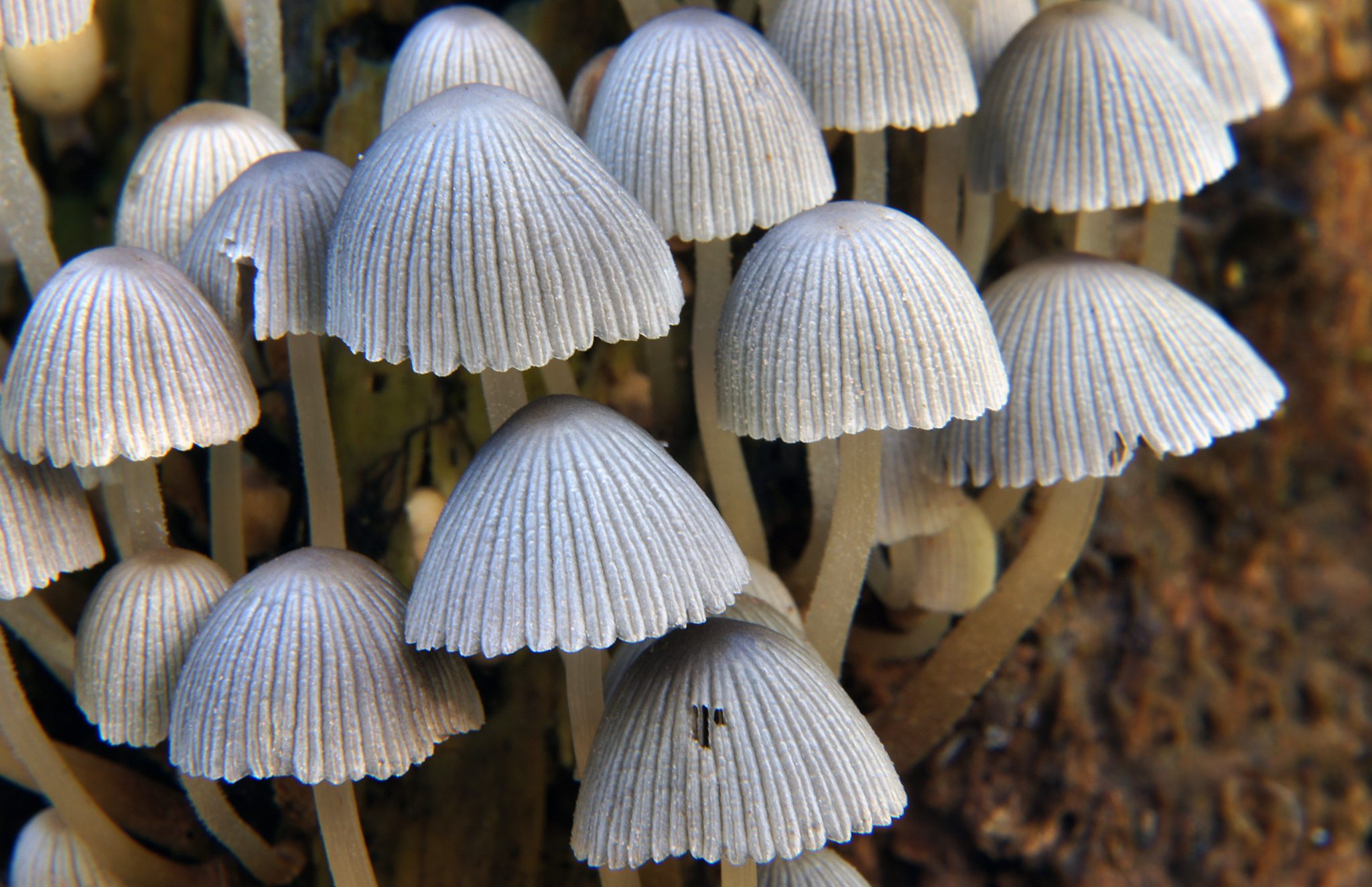 Wandering through many early spring forests in mid-Missouri in search of wild morels, I’ve never been lucky enough to discover a secret cache of these fairytale figures. Although I’ve found one or two random fruits, not enough to make a meal or brag about to other mycophiles, I can’t complain, because morels, while magical in appearance, to me seem rather insubstantial and bland. Chanterelles on the other hand, oh, la, la — are not only intriguingly shaped and a stunning orange hue, but are also meaty and have a woodsy, floral flavor that is truly unique. This past summer while hiking deep in the Ozarks woods, near the Current River, I stumbled upon a generous outcropping of these bright beauties — my first ever wild mushroom bonanza. I picked a hatful and brought them back to camp. There I consulted with a local mushroom expert to double check that the mushrooms I’d picked were chanterelles, and not look-alikes … because some mushrooms are poisonous, and can even be deadly. For this reason, the golden rule of wild mushroom gathering is: never eat one if you can’t positively identify it as safe. Turns out, the mushrooms I’d found were the real deal, so I was able to cook and enjoy them in a sauce over rice. Mmmm!
Wandering through many early spring forests in mid-Missouri in search of wild morels, I’ve never been lucky enough to discover a secret cache of these fairytale figures. Although I’ve found one or two random fruits, not enough to make a meal or brag about to other mycophiles, I can’t complain, because morels, while magical in appearance, to me seem rather insubstantial and bland. Chanterelles on the other hand, oh, la, la — are not only intriguingly shaped and a stunning orange hue, but are also meaty and have a woodsy, floral flavor that is truly unique. This past summer while hiking deep in the Ozarks woods, near the Current River, I stumbled upon a generous outcropping of these bright beauties — my first ever wild mushroom bonanza. I picked a hatful and brought them back to camp. There I consulted with a local mushroom expert to double check that the mushrooms I’d picked were chanterelles, and not look-alikes … because some mushrooms are poisonous, and can even be deadly. For this reason, the golden rule of wild mushroom gathering is: never eat one if you can’t positively identify it as safe. Turns out, the mushrooms I’d found were the real deal, so I was able to cook and enjoy them in a sauce over rice. Mmmm!
 True some mushrooms are toxic. But don’t let this discourage you from foraging. Mushrooms have long been a valuable nutritious and delicious food source, while some have beneficial medicinal properties. And while many people approach this activity with culinary or healing goals in mind, some folks take pride in naming the mushrooms they encounter in nature (I would love to find Lactarius Indigo). Others enjoy photographing these often stunning, other-worldly forms. Further, some collect wild mushrooms to use in artistic endeavors, such as paper and/or dye-making.
True some mushrooms are toxic. But don’t let this discourage you from foraging. Mushrooms have long been a valuable nutritious and delicious food source, while some have beneficial medicinal properties. And while many people approach this activity with culinary or healing goals in mind, some folks take pride in naming the mushrooms they encounter in nature (I would love to find Lactarius Indigo). Others enjoy photographing these often stunning, other-worldly forms. Further, some collect wild mushrooms to use in artistic endeavors, such as paper and/or dye-making.
In the fall cooler temperatures combined with more moisture create optimal conditions for mushrooms to grow. After a soaking rain they can literally explode into existence overnight in forests and fields. If you want to get started in fungal pursuits, consider joining the Missouri Mycological Society, which offers educational events and mushroom hunting trips. Also, check out identification guides and foraging handbooks from your public library to lead you along this path and further your learning. Since mushroom species in North America number in the thousands, this activity promises a potential endless source of magical discovery. Mushroom hunting is akin to birding — like birds they come in a myriad of colors and shapes and are abundant in the environment providing ample opportunity for sightings. However, unlike birds, mushrooms are rooted to ground or tree, making them easier to capture and investigate. Whatever your inspiration, if you embrace mushroom hunting and you are bound to be delighted. Enjoy your journey!
Image credits: Tom Jutte, Fly Argaric Toadstools via Flickr (license); Bernard Spragg, Coprinellus Disseminatus via Flickr (public domain)



